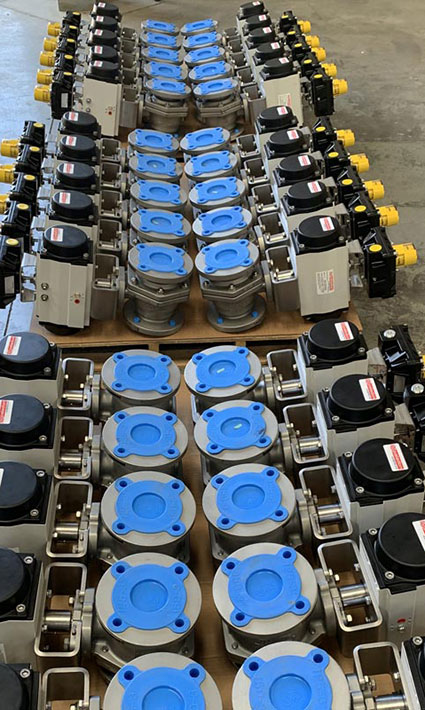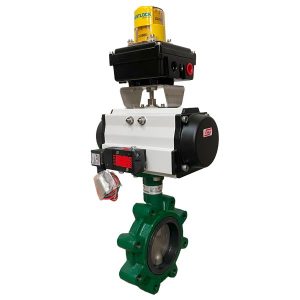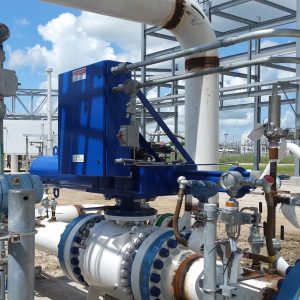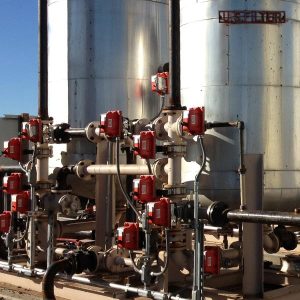Actuation
ACTUATION
For precise control of valves within flow systems, our actuation solutions enhance productivity and operational reliability. We offer a wide range of electric, pneumatic and hydraulic actuators from top manufacturers that integrate seamlessly into your systems. Whether you are looking to improve existing setups or need custom actuation packages, we ensure reliable performance tailored to your application’s requirements. With our comprehensive inventory and expert technical support, our actuation offerings help maintain smooth operations and increase uptime across various demanding environments.
When to use an actuator:
- Dangerous Zones
- Hard-to-Reach Places
- Frequent Need to Operate
- Emergency Solutions
- Large Facilities
- High-Torque Valve Requirements
- Precise Valve Movement (modulation)
- Communication with PLC and Other Signals

Pneumatic Actuators
Pneumatic actuators convert compressed air at high pressure into linear or rotary motion.
They can be double-acting by compressing air to open and compressing air to close. They can also be spring-return by compressing air to either open or close and spring-power to either open or close.
Pneumatic energy can quickly respond in starting and stopping as the power source can be stored in reserve for operation.

Types of Actuators
- Rack and Pinion
- Scotch Yoke
- Diaphragm
- Vane
- Cylinder
Hydraulic Actuators
Hydraulic actuators use hydraulic power to facilitate mechanical operation into linear or rotary motion. Like pneumatic actuators, they can be double-acting or spring-return.
Hydraulic actuators exert a large force because liquids are nearly impossible to compress. They have limited acceleration.

Examples:
- Scotch Yoke
- Cylinder
Electric Actuators
An electric actuator is powered by a motor that converts electrical energy into mechanical torque. It is one of the cleanest and most readily available forms of actuation. It is widely used to control multi-turn valves such as gate and globe valves.
Electric actuators offer a range of advantages that make them a reliable and efficient choice for various applications. One of their key benefits is their readily available power source—electricity is accessible almost everywhere, making integration simple and convenient. They provide precision performance with consistent, repeatable results and quiet operation, reducing noise in industrial environments. Additionally, their energy efficiency stands out, as they consume power only when applying force, minimizing waste and lowering operational costs. With clean technology and a design that ensures a long service life, they require less maintenance and contribute to a more sustainable operation. As industries move toward modern automation solutions, electric actuators are becoming the preferred method for valve automation, offering superior control and adaptability. Their ability to handle extreme torque applications further enhances their value, making them a versatile and powerful solution for demanding industrial needs.

Examples:
- Quarter-Turn
- Multi-Turn
- Spring-Return
- Battery Backup
- Fail In Place


